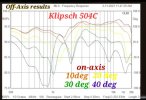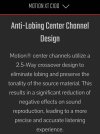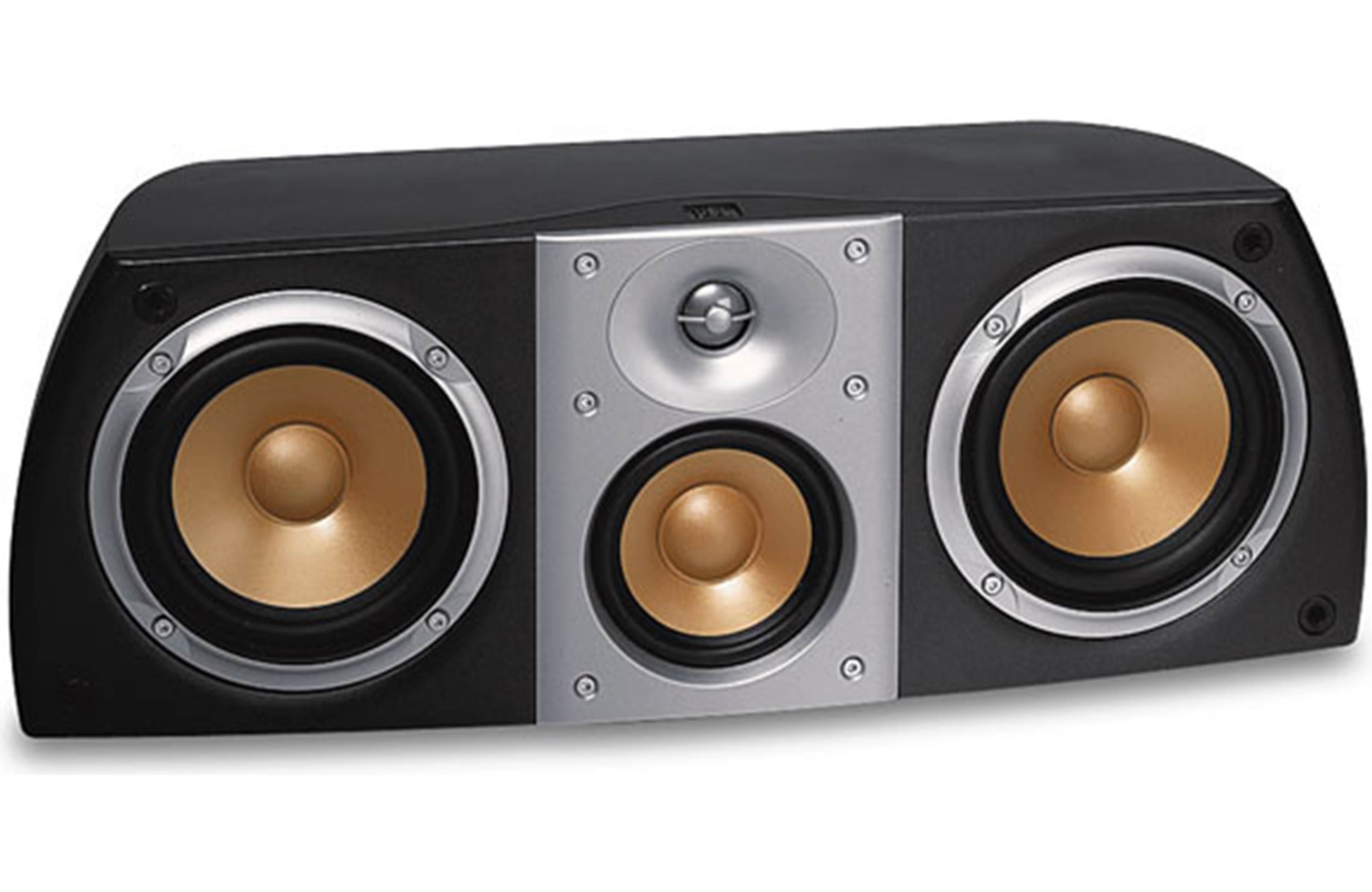AnonymousAudio
Active Member
- Joined
- Jan 31, 2025
- Messages
- 175
- Likes
- 109
So I was recently back in the market looking for a new Center Channel and learned about a few modern tips and research that I was hoping to share and further discuss with anyone thats interested.
I'd like to stay focused primarily around Horizontal Centers. As its been previously discussed that the best option is to use another Bookshelf or Floorstanding speaker as a center. However for many of us this isn't an option for numerous reasons from space and practicality to the WAF (Wife Acceptance Factor)
Keeping that in mind one thing that's of high importance is finding a center that has good off-axis performance. Which is very important so that people not sitting in the sweet spot can clearly hear voices which remain intelligible.
One thing to watch out for is Lobing, This is where some drivers will actually be out of alignment and gets worse the further off-axis you get. This can cause a Nulling effect which esentially cancels out certain frequencies. Causing dialog to drop out considerably. Below I attached a speaker measurement which illustrates this effect.
Also Erins audio corner on youtube has done a great job explaining how this works and which design are the best choices to look out for. One thing however that wasn't mentioned is a newer method to prevent the Lobing effect. Martin Logan for example uses this technology on their C100. The way they accomplish this is to have the mid/bass drivers on either side of their tweeter to be Crossed-over at different frequencies. One at 1300hz and the other at 2500hz. This method makes those wide Centers a viable option to choose from again. And I hope other Brands adopt this anti-lobing method for their existing Centers with issues or uses a better Design altogether as Erin recommends, because right now theirs not a lot of viable options available out there.
Link to Erins video:
I'd like to stay focused primarily around Horizontal Centers. As its been previously discussed that the best option is to use another Bookshelf or Floorstanding speaker as a center. However for many of us this isn't an option for numerous reasons from space and practicality to the WAF (Wife Acceptance Factor)
Keeping that in mind one thing that's of high importance is finding a center that has good off-axis performance. Which is very important so that people not sitting in the sweet spot can clearly hear voices which remain intelligible.
One thing to watch out for is Lobing, This is where some drivers will actually be out of alignment and gets worse the further off-axis you get. This can cause a Nulling effect which esentially cancels out certain frequencies. Causing dialog to drop out considerably. Below I attached a speaker measurement which illustrates this effect.
Also Erins audio corner on youtube has done a great job explaining how this works and which design are the best choices to look out for. One thing however that wasn't mentioned is a newer method to prevent the Lobing effect. Martin Logan for example uses this technology on their C100. The way they accomplish this is to have the mid/bass drivers on either side of their tweeter to be Crossed-over at different frequencies. One at 1300hz and the other at 2500hz. This method makes those wide Centers a viable option to choose from again. And I hope other Brands adopt this anti-lobing method for their existing Centers with issues or uses a better Design altogether as Erin recommends, because right now theirs not a lot of viable options available out there.
Link to Erins video:
Attachments
Last edited:



